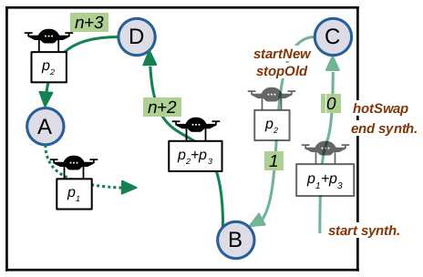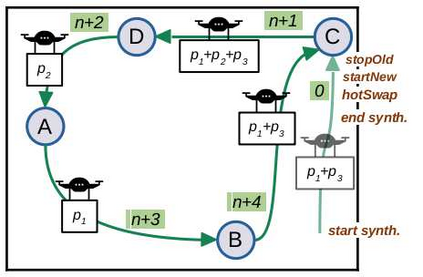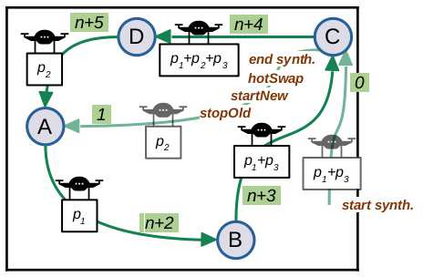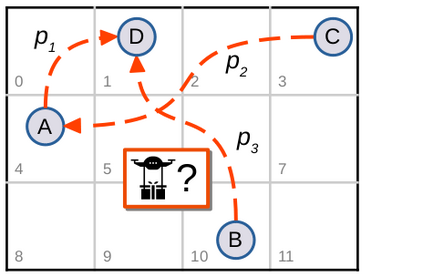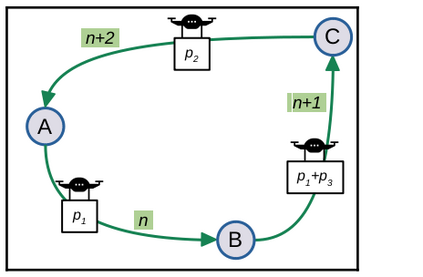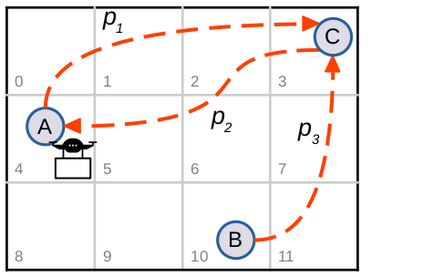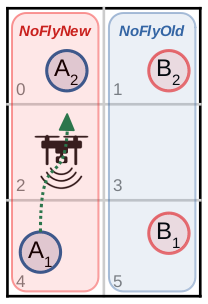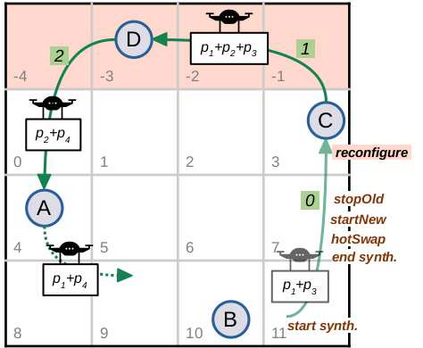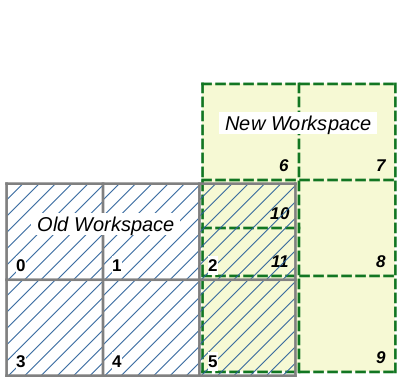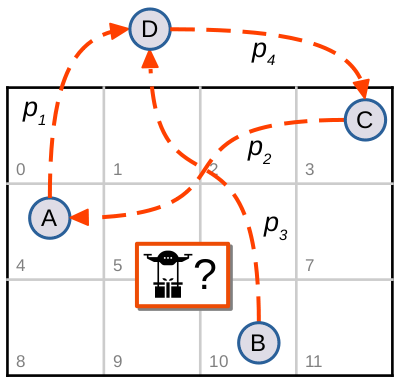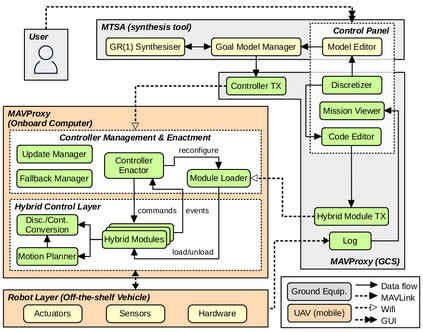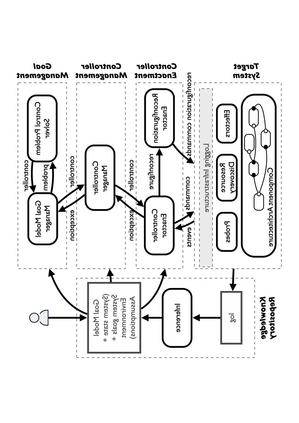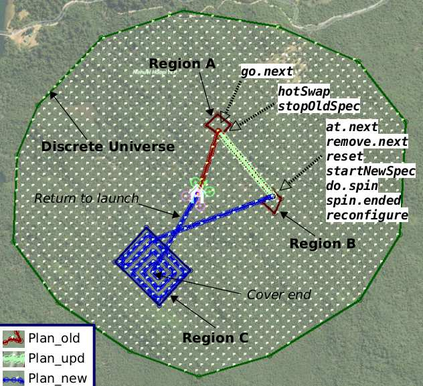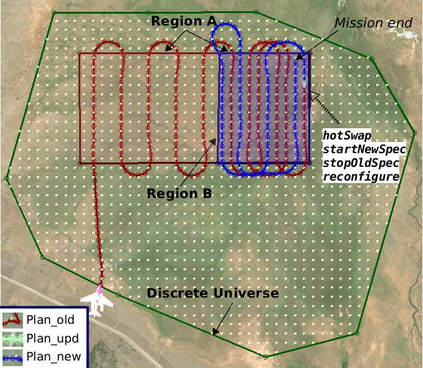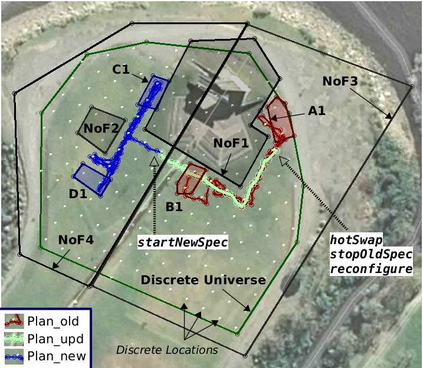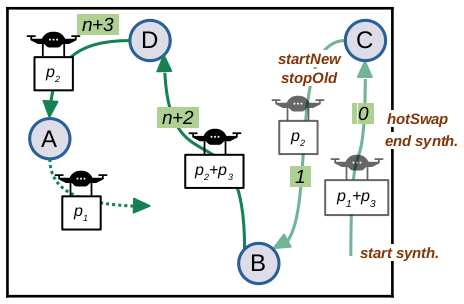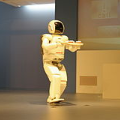The design of systems that can change their behaviour to account for scenarios that were not foreseen at design time remains an open challenge. In this paper we propose an approach for adaptation of mobile robot missions that is not constrained to a predefined set of mission evolutions. We propose applying the MORPH adaptive software architecture to UAVs and show how controller synthesis can be used both to guarantee correct transitioning from the old to the new mission goals while architectural reconfiguration to include new software actuators and sensors if necessary. The architecture brings together architectural concepts that are commonplace in robotics such as temporal planning, discrete, hybrid and continuous control layers together with architectural concepts from adaptive systems such as runtime models and runtime synthesis. We validate the architecture flying several missions taken from the robotic literature for different real and simulated UAVs.
翻译:设计能够改变行为以考虑到设计时未预见到的假设情景的系统,仍然是一项公开的挑战。在本文件中,我们提议了对移动机器人飞行任务进行调整的方法,该方法不局限于一套预先确定的飞行任务演变。我们提议对无人驾驶飞行器应用MOMPH适应性软件结构,并表明如何使用控制器合成,既保证从旧任务向新任务目标的转变,又保证建筑重组,必要时包括新的软件驱动器和传感器。这一结构将机器人中常见的建筑概念汇集在一起,如时间规划、离散、混合和连续控制层,以及运行时间模型和运行时间合成等适应系统中的建筑概念。我们验证了从机器人文献中为不同实际和模拟无人驾驶飞行器飞行的若干任务的结构。
相关内容
Source: Apple - iOS 8

